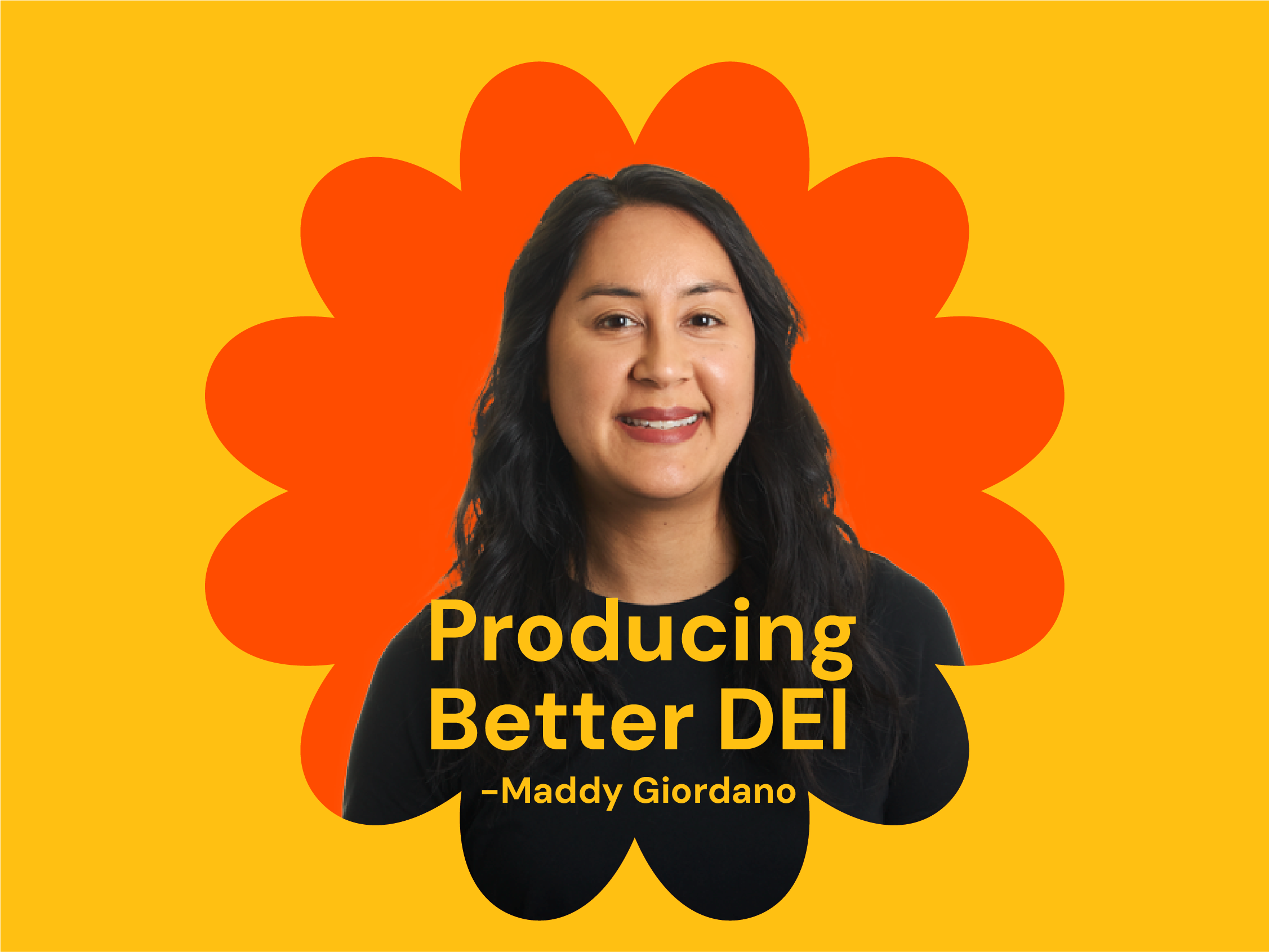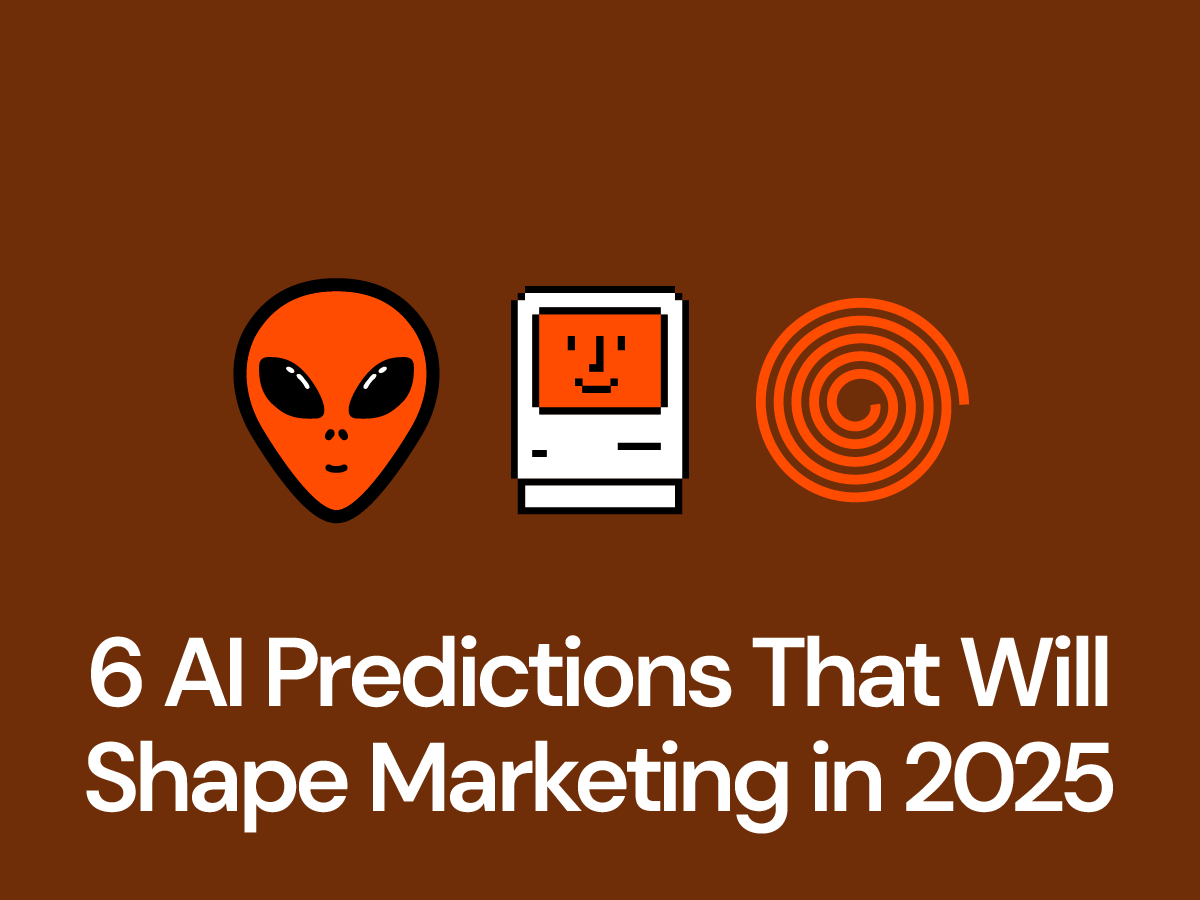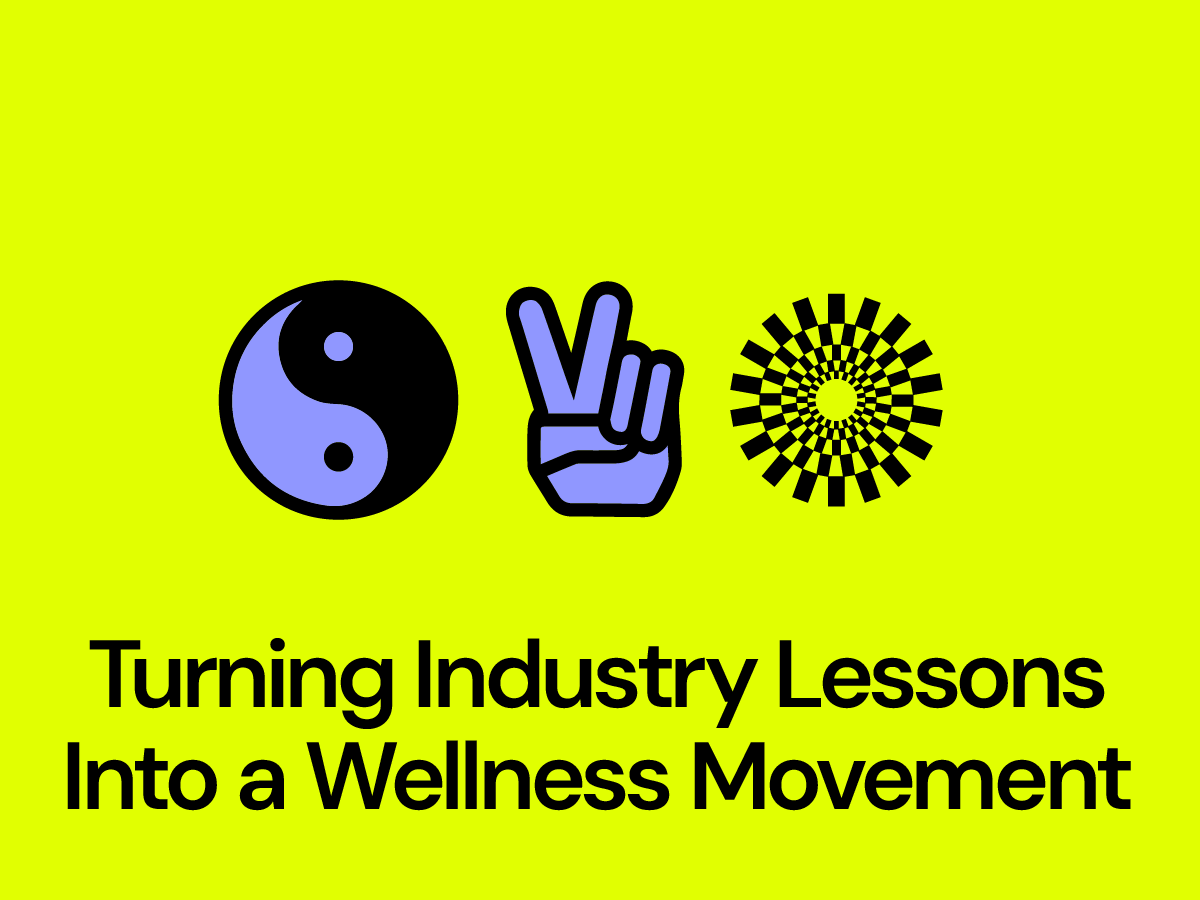Producing Better DEI: How DNA Is Building More Inclusive Productions
My first gig in advertising, over ten years ago, was at a small agency that was heavily male and very white. Although I was part of a female dominated production team, I was one of only two women of color. I was young, green, and no one was talking about diversity. I never thought to question the lack of diversity in the work we were doing. I had my head down and at the time was proud just being able to accomplish any of the wild production projects that came my way.
Now, leading a production team of my own–and with the much louder voice that comes with confidence and experience–I’m incredibly aware of the platform I hold and my responsibility to affect change in our agency and the industry as a whole. Those of us in Production play a key role in bringing together and collaborating with diverse creators, crew, subject matter experts, influencers, and production partners. Same is boring. Same isn’t innovative. When a production is more diverse we welcome different experiences, values, opinions, and ideas. That diversity turns into better innovation and creativity.
The last few years have seen an explosion of recognition within the advertising industry that diversity and inclusion are not only ethical imperatives, but also crucial for creative innovation and business success. It’s about time. But although many ad professionals and organizations are working toward a more inclusive future measurable change remains to be seen.
According to the WFA Global DEI Census 2023, 1 in 7 still say they would leave our industry on account of a lack of diversity and inclusion. This rises to 1 in 6 for women and LGBQ+, 1 in 5 for ethnic minorities, and 1 in 4 for disabled respondents.
The deep-rooted challenges in our industry and society make DEI an ongoing effort. Good intentions aren’t enough. Being not racist isn’t enough. Dismantling racism in our industry requires active and ongoing participation.
At DNA, we’re always striving to leverage the power that comes with how we spend our client’s money for good and to be intentional with our spending.
Here are some key ways DNA is building more inclusive productions:
-
- Supporting marginalized communities – We strive to economically support creators that are BIPOC, women, LGBTQIA+, and people with disabilities; putting more dollars in the pockets of historically underrepresented artists and creators we believe in. There are several organizations and initiatives like Free the Work, Double the Line, and Change the Lens, that agencies and producers can leverage to find diverse creators and crew. Through our in-house studio, Petting Zoo, we have a direct effect on the creator make-up that we bring onto projects. Some of our favorite work in the past year was directed by female, BIPOC, and LGBTQIA+ directors.
- Being DEI-explicit with partners – We include explicit language around DEI in our bid specs, requesting that production partners provide diversity stats for crew/staff and specific ways that DEI will be prioritized in their production approach. Our producers take these details seriously when reviewing bids. The more we ask of our production partners, the more urgency and visibility we create in the industry overall.
- Subverting stereotypes – Equal representation in casting starts with the story and characters we build. We put a critical lens on the work as it takes shape vs. just checking boxes during casting. When possible, we enlist a DEI panel (either internally or externally) to review touchpoints throughout the process.
- Squashing microaggressions – We want our teams and partners to thrive in an inclusive and comfortable environment both internally and on set. We call out microaggressions when we see them in order to cultivate a more innovative and creative work space.
- Bringing clients along – We are clear and intentional with our clients during creative development and production planning on our DEI efforts and enlist them in the fight. We work with clients to budget and plan for DEI opportunities where possible, such as Double the Line. There is a ripple effect as we bring our clients and our vendors into the fold of these efforts.
- Diversifying in the planning room – Having diversity of thought during creative development and production planning matters. Research shows that simply adding social diversity to a group makes people believe that differences of perspective and opinion might exist. And that belief makes people change their behavior. They work harder to re-examine beliefs, consider alternatives, and come up with novel solutions. This different thinking leads to better outcomes. It enhances creativity and innovation, improves decision making, problem solving, and the bottom line. Speaking up and sharing different opinions isn’t always easy. I’ve been on projects where no one speaks up internally, or we’re afraid to let clients know that the changes they’re asking for actually cut out the most diverse aspect of the story. I look back on those projects and I know we could’ve ended up with a much more compelling piece if only we had given ourselves room and encouragement to discuss and course-correct.
- Tracking diversity initiatives – We track our DEI efforts through good old fashioned spreadsheets, as well as the AICP DEI report for film crews, and hold our teams accountable in order to keep the needle moving. Our goal is to have at least 25% of film crew represent minority communities, and significantly increase overall minority-owned production vendor payments over the next three years. We’re currently at 53% to 64% overall diversity in Petting Zoo (in-house) productions. We’re proud of that number but know it’s just one piece of the DEI puzzle. Knowing where we stand is important to knowing how much further we have to go, and being open to pivoting along the way.
I’m extremely proud to work at one of the only Black and LGBTQ+ owned, full-service creative agencies in the country where we’re empowered at all levels to contribute to and demand the DEI change we want to see in our agency and the work that we produce. There is transparency in the progress made and work to be done, and it’s made clear that DEI is not the job of one person or committee. Each department (and at all levels), has a stake in making the change we want to see. This allows prospective employees and partners of DNA to be able to see themselves as meaningful contributors in our organization.
As advertisers and creatives, we’re storytellers and our stories help shape culture. Recognizing that power and using it for good is a critical step in DEI efforts. Production is a key step in shaping the final story as it comes to life and we can be doing more to make those stories more diverse, interesting, and relatable to those groups that have historically not seen themselves represented in advertising.
At DNA, we believe that Different Wins. Because different leads to better: better work, better adaptability, and better business results.
Our goal is to use creativity and influence to be a positive, transformational force for people, business, and culture. Production, specifically, is working towards a more diverse roster of creators, production partners, and stories we put out into the world. We’re a small agency, and it will continue to take time to change what is so deeply-rooted in our industry and society, but having a north star and holding ourselves accountable and open to different perspectives will help keep us moving towards change and doing our part in our small agency corner of the ad world.



